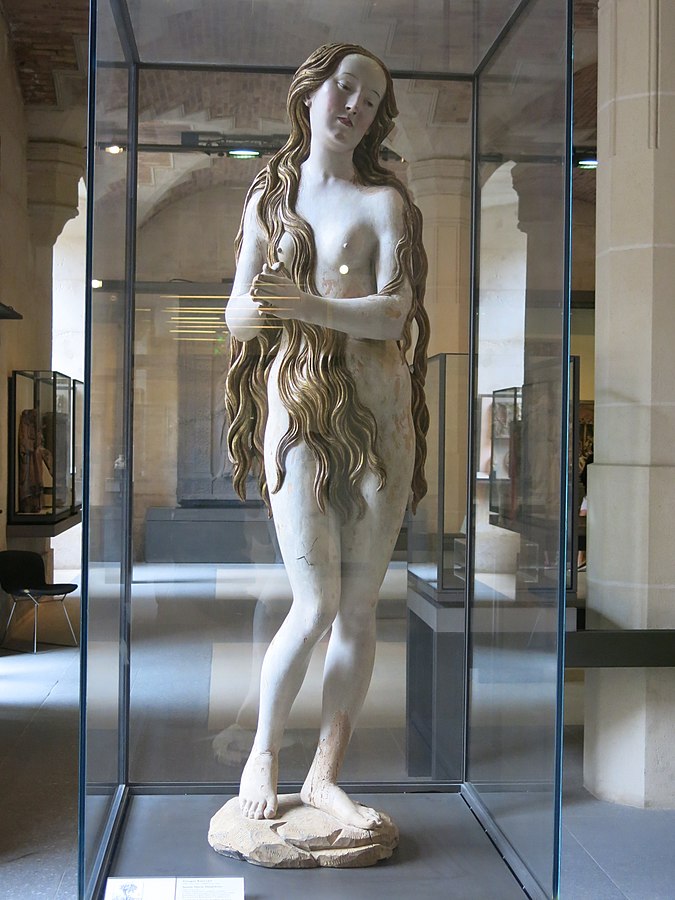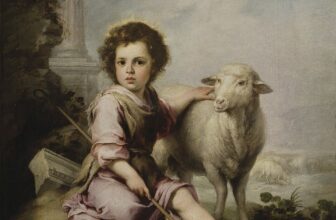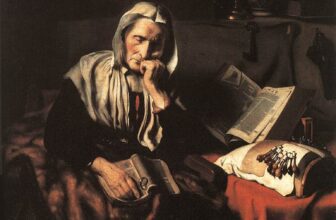
Is Mary Magdalene buried under the Louvre pyramid?
The question of whether Mary Magdalene is buried under the Louvre Pyramid has intrigued conspiracy theorists, scholars, and enthusiasts of religious and historical mysteries for decades. The idea gained widespread attention with the publication of Dan Brown’s novel The Da Vinci Code, which presented a narrative blending fact, fiction, and speculation. This story, and its subsequent interpretations, has sparked debates not only about Mary Magdalene’s life and legacy but also about the hidden symbolism in modern and ancient art, architecture, and religion.
The Historical Mary Magdalene
To delve into the mystery, it’s important first to establish who Mary Magdalene was, based on historical and religious texts. Mary Magdalene is one of the most enigmatic figures in Christian tradition. She appears in the New Testament as a devoted follower of Jesus Christ and is often remembered for being the first person to witness his resurrection.
However, throughout history, Mary Magdalene’s image has been the subject of revision and reinterpretation. Early Christian texts describe her as a key disciple, possibly even a leader among Jesus’ followers. The Gnostic Gospel of Mary, discovered in the 19th century, portrays her as a figure of profound spiritual insight, perhaps even closer to Jesus than any of the twelve apostles. Despite this, for centuries, the Catholic Church conflated her identity with that of a repentant prostitute, a characterization now widely dismissed by historians.
This revised understanding has fueled interest in alternative narratives about Mary Magdalene, including the theory that she had a more significant role in early Christianity than traditionally acknowledged. Some fringe theories even suggest she was married to Jesus and bore his children, a hypothesis central to The Da Vinci Code and other speculative works.
The Louvre Pyramid: Modern Symbolism and Mystical Connections
The Louvre Pyramid, designed by Chinese-American architect I. M. Pei, is an iconic glass and metal structure completed in 1989. It serves as the main entrance to the Louvre Museum in Paris, France, blending modernity with the classical architecture of the surrounding historic palace. With its geometric precision and transparent design, the pyramid has become a subject of fascination and speculation.
In The Da Vinci Code, the pyramid is woven into a broader tapestry of symbols and secrets. According to the novel, the pyramid’s underground chamber is the final resting place of Mary Magdalene, whose remains are supposedly hidden there as part of a centuries-old conspiracy by a secretive organization to protect the truth about her relationship with Jesus.
The pyramid’s shape, a structure deeply rooted in ancient Egyptian mysticism, lends itself to symbolic interpretations. The pyramid has long been associated with concepts of enlightenment, eternal life, and the convergence of earthly and divine realms. In the context of the Louvre, its juxtaposition with the treasures of human civilization housed within the museum has led some to see it as a metaphorical bridge between history and modernity, material and spiritual.
The Priory of Sion and the Bloodline Theory
Central to the idea of Mary Magdalene being buried under the Louvre Pyramid is the notion of the Priory of Sion, a purported secret society dedicated to preserving the truth about Jesus and Mary Magdalene’s lineage. While the Priory of Sion was revealed to be a hoax created by Pierre Plantard in the 20th century, the concept has endured in popular imagination, largely due to its integration into The Da Vinci Code and related works.
According to proponents of the bloodline theory, Mary Magdalene and Jesus were married and had children. These descendants allegedly carried the “Holy Bloodline,” which was safeguarded by groups like the Priory of Sion and the Knights Templar. Over time, this bloodline intertwined with European royal families, thus maintaining a hidden legacy.
The idea of Mary Magdalene’s burial under the Louvre Pyramid ties into this narrative, positioning the site as a symbolic and literal center for the preservation of this secret. In this interpretation, the pyramid is not merely an architectural marvel but a cryptic homage to a suppressed truth.
Symbolism in Art and Literature
Art and literature often serve as vehicles for esoteric ideas and hidden messages. In the case of Mary Magdalene and the Louvre Pyramid, proponents of the theory point to specific works of art and architecture as evidence of a covert acknowledgment of her significance.
One of the most cited examples is Leonardo da Vinci’s The Last Supper. Some interpret the figure to Jesus’ right, traditionally identified as the Apostle John, as Mary Magdalene, arguing that the effeminate appearance and posture suggest her presence. While art historians generally dismiss this interpretation, it has nonetheless fueled popular intrigue about hidden messages in Renaissance art.
Similarly, the architecture of the Louvre Pyramid has been scrutinized for its potential symbolic meanings. The precise geometry, the use of 666 glass panes (a claim debunked but persistently cited), and the interplay of light and shadow have all been interpreted as clues pointing to a deeper, mystical significance. Supporters of the theory argue that such features align with esoteric traditions that seek to encode spiritual truths within artistic and architectural works.
Debunking the Theory
While the idea of Mary Magdalene being buried under the Louvre Pyramid is tantalizing, it lacks credible historical and archaeological evidence. The notion is primarily rooted in speculative fiction rather than verified fact. Dan Brown himself has emphasized that his work is a novel, not a historical account, and that many of the theories presented within are intended to provoke thought rather than assert truth.
Furthermore, the logistical and historical plausibility of such a burial raises numerous questions. For instance, how could Mary Magdalene’s remains have been transported to France? Why would they be interred under a modern structure built nearly two millennia after her time? And why has no archaeological investigation revealed any evidence of a burial site beneath the pyramid?
Historians and archaeologists have found no credible documentation or physical evidence to support the claim. The Louvre Pyramid’s underground space is well-documented and serves as a public entrance and exhibition area, with no indication of a hidden tomb.
The Enduring Appeal of the Mystery
Despite its lack of substantiation, the theory continues to captivate audiences. This enduring appeal can be attributed to several factors:
- Human Fascination with Hidden Truths: People are drawn to the idea of uncovering secrets, particularly those that challenge established narratives. The notion of Mary Magdalene as a pivotal, suppressed figure resonates with those who question traditional authority and seek alternative histories.
- Symbolism and Mystery: The combination of the Louvre Pyramid’s modern elegance and its allusions to ancient mysticism creates an ideal backdrop for speculation. The intersection of geometry, art, and spirituality invites interpretations that transcend the mundane.
- Cultural and Religious Shifts: Contemporary interest in Mary Magdalene reflects broader cultural trends, including a reevaluation of women’s roles in history and religion. The idea of her as a powerful, central figure aligns with modern efforts to recover marginalized voices.
- The Power of Fiction: Dan Brown’s The Da Vinci Code masterfully blends fact and fiction, creating a narrative that feels plausible enough to spark debate while remaining fantastical enough to captivate the imagination. The novel’s global success has ensured the longevity of its themes in public discourse.
Myth, Symbol, and Speculation
The question of whether Mary Magdalene is buried under the Louvre Pyramid ultimately remains in the realm of myth and speculation. While the theory lacks historical and archaeological support, its cultural significance lies in its ability to inspire discussion about Mary Magdalene’s legacy, the nature of religious authority, and the enduring power of symbols.
In a broader sense, the story reflects humanity’s quest for meaning, the allure of hidden knowledge, and the way modern media can reshape historical narratives. Whether viewed as a tantalizing mystery or a commentary on the power of storytelling, the idea of Mary Magdalene beneath the Louvre Pyramid continues to spark curiosity and imagination, proving that some myths thrive not because they are true, but because they speak to something timeless within us all.




